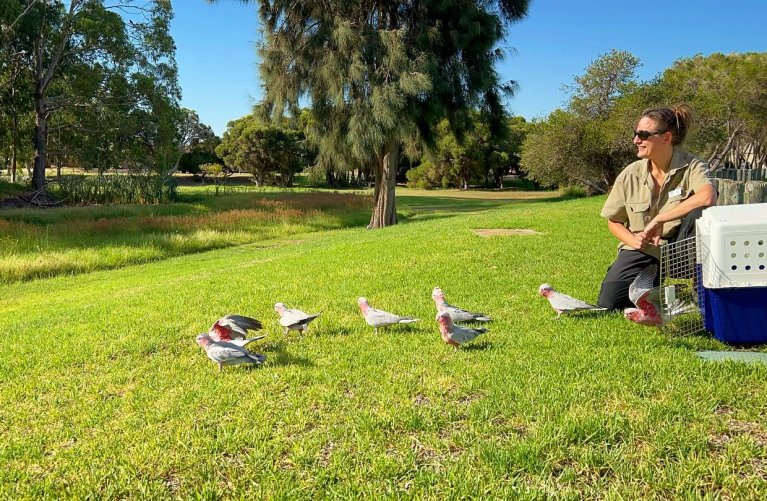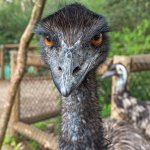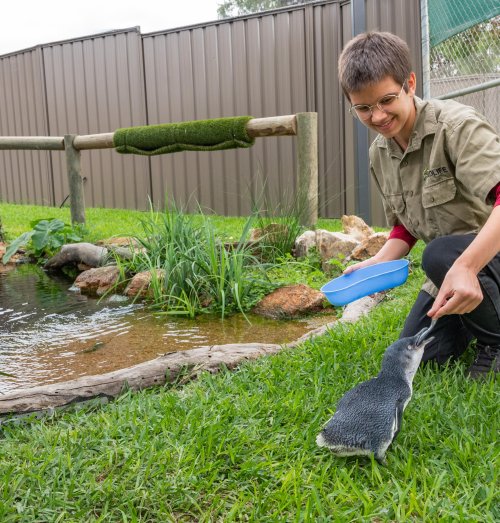WA Wildlife offers rehabilitation for all native wildlife
At WA Wildlife, we believe that all wildlife deserve a chance at life. That’s why we have dedicated ourselves to providing expert care and rehabilitation to injured and orphaned wildlife in Western Australia. Our rehabilitation programs are designed to give animals the best possible chance of survival and to ultimately return them back to their natural habitats.
Our licensed wildlife rehabilitation facility is connected to the WA Wildlife Hospital and has a range of purpose-built enclosures for different species of animals. These enclosures were made possible by the generous support of Lotterywest, BP Kwinana Refinery, and the State National Resource Management (NRM). Each enclosure is designed to provide a safe and comfortable environment for animals to recover and regain their strength.
Our dedicated team of volunteer wildlife rehabilitators has extensive experience in caring for a wide range of animals, from small marsupials to raptors, reptiles, waterbirds, seabirds, and marine turtles. We provide specialised rehabilitation that includes ongoing husbandry, diet and nutrition, assist feeding, temperature conditioning and behavioural training to ensure that animals are fully prepared for their eventual return to the wild.
Wildlife rehabilitation is a complex process that requires a lot of time, effort, and resources. That’s why we are committed to providing the best possible care for each animal that comes through our doors. We are proud to be a part of protecting and conserving the incredible diversity of wildlife in Western Australia.
Our rehabilitation programs are a testament to our volunteers’ commitment to wildlife conservation. By providing expert care and rehabilitation to injured and orphaned wildlife, we are helping to ensure wildlife have a chance to thrive and contribute to the natural ecosystems of Western Australia.
When rehabilitation is a success
Wildlife rehabilitation is a critical component of wildlife conservation, as it provides injured and orphaned animals with the care and support they need to recover and eventually return to their natural habitats. The goal of wildlife rehabilitation is not just to heal animals, but also to prepare them for a successful release back into the wild.
Releasing animals back into the wild is a complex process that requires careful planning and consideration. Before an animal is released, it must meet criteria to ensure that it is healthy and capable of surviving in the wild.
At WA Wildlife, we have a team of experienced volunteer wildlife rehabilitators who specialise in the release of animals. We work closely with government agencies and other wildlife organisations to ensure that wildlife is released in a safe and appropriate location, and at a time when it has the best chance of survival.
During the release process, animals are carefully transported to their release site, often in specialised transport containers. Once at the release site, animals are given time to adjust to their new surroundings and acclimatise to their environment. This may involve providing food and water, as well as monitoring their behaviour to ensure they are adapting well to their new surroundings.
The success of a release depends on a number of factors, including the health and fitness of the animal, the suitability of the release site, and the availability of food and shelter. At WA Wildlife, we take great care to ensure all these factors are taken into consideration when releasing animals back into the wild.



